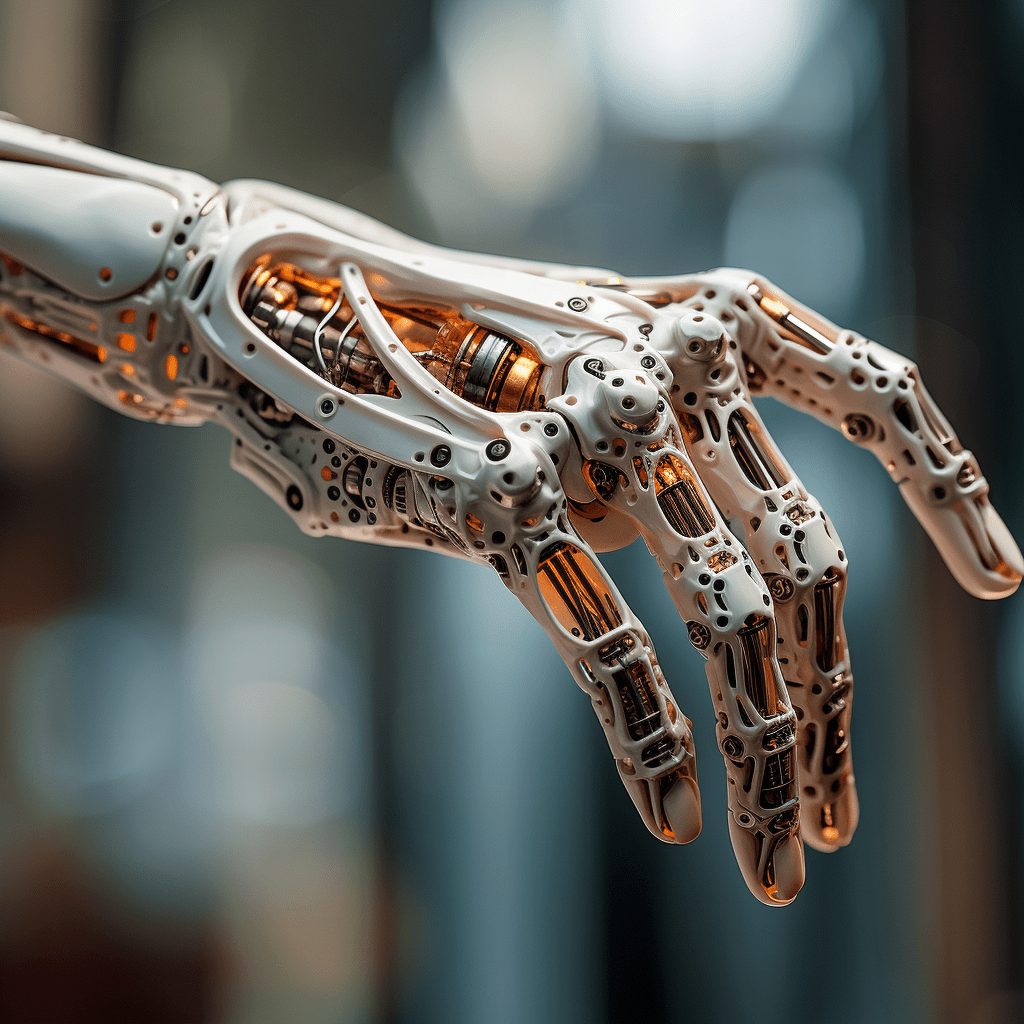Bionics, an interdisciplinary domain stemming from biology and engineering, has continuously bridged the gap between natural biological systems and their synthetic counterparts. Over the years, its profound impact on the medical industry has both revolutionized patient care and shattered the boundaries of what we once deemed possible.
At its core, bionics seeks to emulate and replicate the intricate mechanics and processes of the human body. Through technological advancements, it offers innovative solutions that not only supplement but often enhance the body’s natural functions. One of the most iconic achievements in the field of bionics is the creation of prosthetic limbs. These artificial limbs, designed with precision, can be so intuitive that they seamlessly synchronize with a person’s natural movements, often powered by the individual’s neural signals.
However, beyond limbs, bionics has also ventured into the realms of sensory perception. The cochlear implant, for instance, stands out as a testament to the marvels of bionic engineering. Unlike hearing aids which amplify sound, the cochlear implant directly stimulates the auditory nerve, providing individuals with profound hearing loss the chance to perceive sound once again. Thousands of people worldwide, previously rendered deaf, have been reacquainted with the world of sound due to this groundbreaking device.
Equally remarkable is the domain of artificial vision. Bionic eyes, still in their nascent stages, promise to potentially restore sight to the blind. Using a combination of cameras and implanted electrodes, these devices aim to transmit visual data to the brain, bypassing damaged or dysfunctional parts of the eye. Research has shown promising results, and continued advancements in this area may redefine our approach to ocular diseases and impairments.
The future of bionics beckons with promise. As technology continues to evolve and integrate more seamlessly with biological systems, it reshapes the narrative of disability, transforming challenges into opportunities for enhancement. With bionics at the forefront, the line between man and machine becomes increasingly fluid, opening doors to possibilities once relegated to the realm of science fiction.

